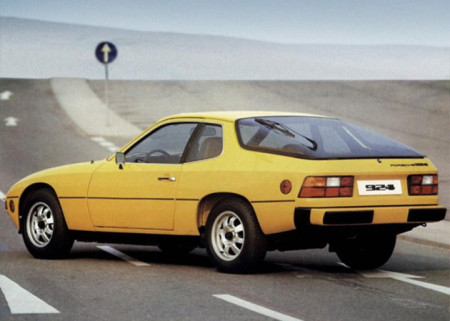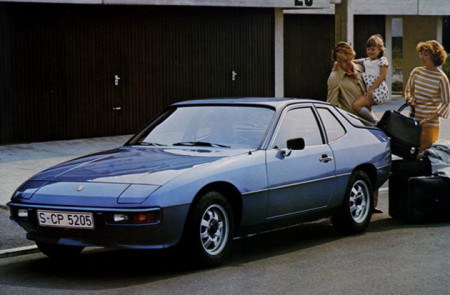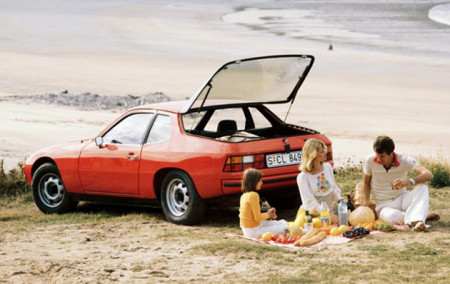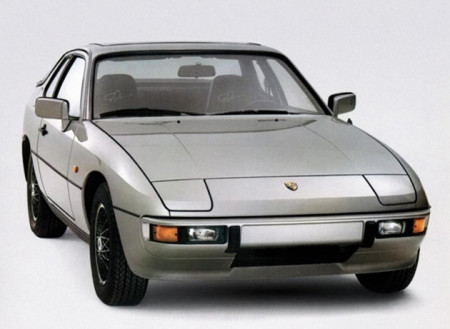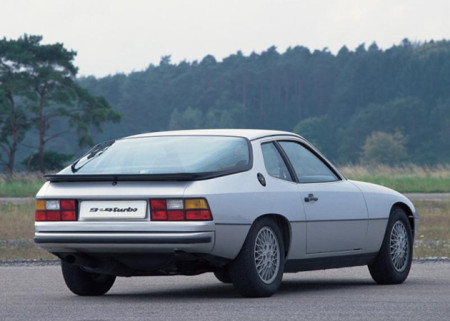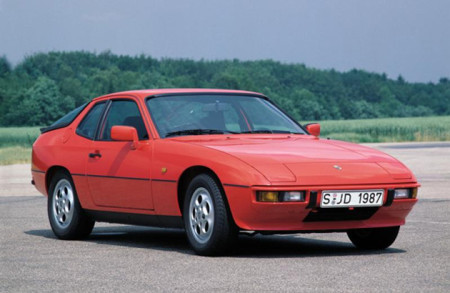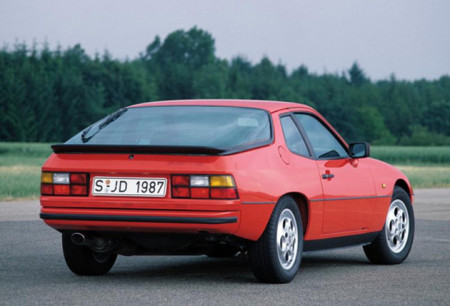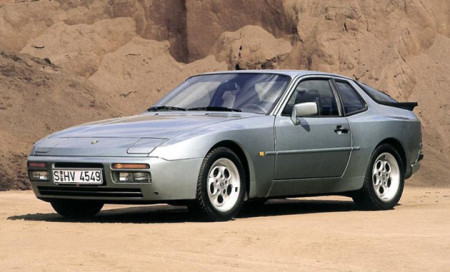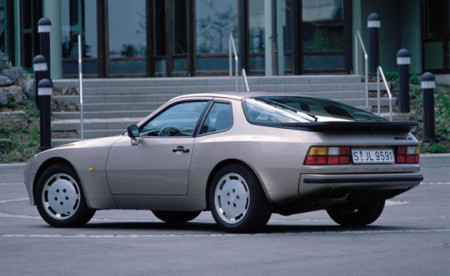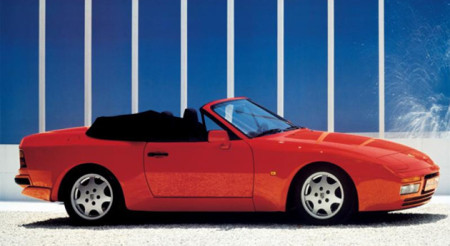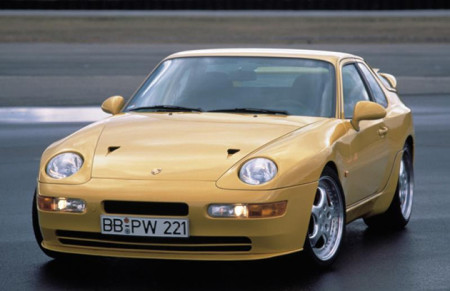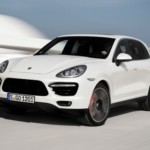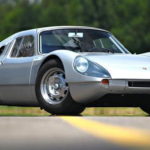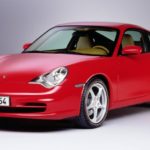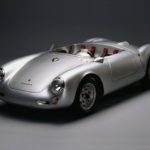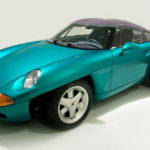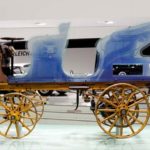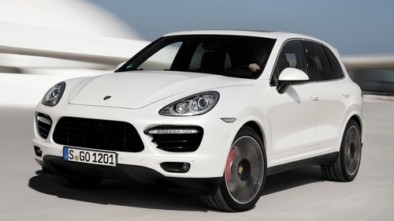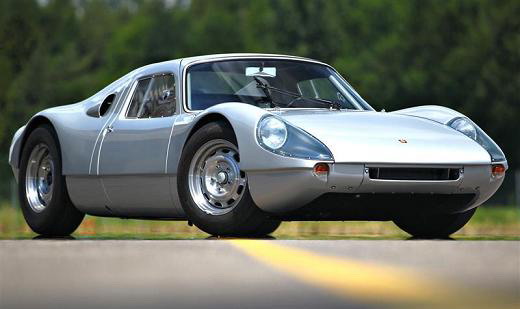Porsche 924, 944 and 968 - Porsche with front engine

Porsche
Although Porsche and Volkswagen were unsuccessful with their first joint 914 sports car, by the mid-1970s both companies were ready for a new attempt with the 924.
Developed by Porsche for Volkswagen, the new car became the first Porsche with a water-cooled engine and began a successful offering of "People's Porsche".
For many years Volkswagen and Porsche were practically the same company. Ferdinand Porsche developed the original Volkswagen "bug" during the 1930s on the orders of Adolf Hitler, and the first production Porsche, the Model 356, was largely based on the "bug" and shared its mechanics. Over the years, Porsche has replaced most of Volkswagen's mechanics with its own, but the connection between the 356 and the "bug" is similar to the one Triger told us in the popular series Mućke "if the handle on the broom is replaced, and then the brush - is it still the same broom? ”
The connection between the two companies was even closer on the financial side. Porsche acquired the necessary funding for the development of the 356 by selling the "bug" in Austria, and since 1948 it has been developing most of the new cars of the German vehicle manufacturer. Porsche also decided to use a strategy called the "900 series" (911, 914, 928…) mostly because these were the only numbers that Volkswagen had not already used.
Beginnings 914
Since 1969, all Porsche models have been sold in North America through Volkswagen showrooms, so it’s not hard to see why the two companies depended on each other. During 1967, Ferry Porsche and Heinrich Nordhoff (President of Volkswagen) decided to develop a joint model under the VW-Porsche VG label, which would later become the 914.
When Nordhoff passed away suddenly in April 1968, Kurt Lotz became the company's new president. In the same period, Volkswagen struggled to find a successful product next to the bug. The Type 3 and Type 4, which shared a strategy with the rear air-cooled engine, were selling extremely poorly in Europe and competition was slowly taking over the market. For this reason, Lotz has made a big change. First, it required Porsche to develop a novelty with a centrally-mounted engine to replace the bug and Type 4, and soon NSU, which already had a front-wheel-drive, front-water-cooled engine, was purchased known as EA266. This car, the K70, was planned as an NSU, but eventually went on sale as a Volkswagen.
Project shutdown
However, Lotz was never a popular figure among politicians (who had command of the company) and until 1971 he was replaced with Rudolf Leiding, formerly Volkswagen's president for the Brazilian market. Leiding immediately shut down the EA266 project when he realized that audiences were increasingly turning to front-wheel-drive cars with front-mounted engines such as the Morris Mini and Fiat 127. Although the centrally-mounted engine had its benefits in street sports, use however it was noisy and brought a lot of heat to the cabin. In addition, sales of the aforementioned 914 (which was done in the same style) were so bad that Leiding was convinced that such a car under the Volkswagen label was pointless.
The shutdown of this project led to the question of whether Porsche needed Volkswagen at all. With the acquisition of NSU, Volkswagen also received Audi, which had a lot of experience in the production of front-wheel drive and water-cooled engines. Leiding soon informed Ferry Porsche that the company would not extend the joint venture agreement, which was due to expire in 1973. However, Leiding realized that the two companies had a long history and offered one joint product as a replacement for 914.
EA425
Two VW-Porsche VG presidents, Erich Filius and Klasa Schneider, began work on the 914 replacement as early as 1970, when it became clear that this athlete would not live up to expectations. The replacement had to be a 2 + 2 gran turismo car and share as many parts as possible with other products to save on cost. Another key detail played a large role, namely the fact that it had to resemble other models of the company.
In early 1972, the project was named EA425. Volkswagen financed all the costs while Porsche worked on the development. Leiding demanded that such a car be sold as a Volkswagen or Audi, but not as a Porsche. Porsche's main people were disappointed, mostly because they wanted a cheap replacement for the 914, but they still couldn't refuse the offer. To keep costs low, the EA425 had to split the engine with either Volkswagen or Audi, and after a while the choice fell to the 2,0L fitted to the Volkswagen LT31 and Audi 100. The engine was positioned forward while the transmission was in the rear. This gave the car a balance and many parts were borrowed from Golf, Super Beetle and Type 181. The design was made by Dutchman Harm Lagaay, whose final product was one of the more aerodynamic cars of the 1970s and attracted much attention.
The EA425 was officially approved in mid-1974, and the same year Porsche purchased Volkswagen shares in its company. Although Golf and Scirocco have proven successful, their development has cost the company a lot of money and Volkswagen has been at a loss for the past year. The move cost Leiding a job and new Volkswagen president Toni Schmucker didn't want a sports car. Volkswagen suddenly withdrew from the story, which left Porsche at a very disadvantage. Specifically, since 1970, the company has been working on a new car 928 as a replacement for the legendary 911. Sales of the 911 also began to skyrocket, but Porsche was largely dependent on the cheap car. As a quick fix, the 1976 debuted in 912, but the company desperately needed a brand new car. The EA425 was the ideal solution. By the end of 1974, eight prototypes were in the final stages of development and the site of the Audi plant in Nekarsulm was chosen.
Birth 924
Fuhrmann offered 160 million marks for the rights to the EA425, which Volkswagen desperately accepted on condition that its workers produce this car. When Porsche officially took control of the EA425, the name was changed to 924 and in November 1975 the car was officially unveiled in France. The 924 went on sale in the domestic market in February 1976 while the US offering began about a year later. Although it was a basic Porsche, the 924 was certainly not a cheap car. In Germany, the starting price was 23.000 marks, which was slightly less than the extinguished 912E, but still much more than this car would cost under the Volkswagen or Audi designation.
By 1980, the price will almost double. With such a high price tag, the 924 was certainly not an overly popular purchase. The bending behavior was solid, but with only 125 hp under the bonnet of the 2,0 l engine, acceleration to 100 km / h was ten seconds at a top speed of 202 km / h. The significantly cheaper Ford Capri 3000 was also significantly faster, and the Volkswagen Golf GTI with twice the price was far behind.
The American versions were even slower with only 95 hp due to stricter exhaust standards, bringing the acceleration to 100 km / h in 11 seconds with a top speed of 176 km / h - much slower than the Datsun 280ZX, Mazda RX-7 and a Chevrolet Corvette of which the 924 was more expensive. Perhaps even more troubling was the fact that many did not consider the 924 as a true Porsche thanks to sharing mechanics with Volkswagen. Although this car was well done, many parts were taken directly from the much cheaper Golf. However, sales started promisingly and in 1976 and 1977 around 30.000 units were sold. Many agree that presenting the more expensive 928 did not help the situation. Namely, instead of Porsche's notion that the 924 was considered a cheaper alternative to the 928, many actually saw the 928 as the more expensive 924 for the reason that it later went on sale.
Increasing power
However, Porsche could not be defeated. First, in 1977, power in the US market was increased to 110 "horses," and then a five-speed manual transmission debuted, and the company began work on turbo technology. By the late 1970s, Saab and Buick offered such engines as an alternative to all those who wanted high power from a smaller engine, and when turbo became an option on the 911, the 924 was a logical next step.
However, while Porsche hoped the sporting success would boost sales, it did not. The 1979 recession hit the company hard and in 1980 Porsche recorded its first loss in history. Two years later, Peter Schutz becomes the new president of the company and announces major changes. Specifically, Schutz decided to upgrade the 911 rather than shut it down and pay more attention to the US market, then the largest in the world. Schutz grew up in America after his family immigrated from Germany in the 1930s, and he ordered that the versions for this market must have the greatest power and equipment. Prior to his arrival, Porsche had planned a new low-cost model with a price tag below $ 15.000 based on a Volkswagen Scirocc with a V6 engine, but Schutz quickly extinguished the plan, explaining it would damage the company's reputation.
Engine Problems and 944 Occurrence
The biggest criticism of the 924 has always been at the expense of the Volkswagen engine. The original contract required Volkswagen to deliver 100.000 engines, and it expired in 1981. The German giant announced to Porsche that the said engine would cease production at the end of 1984, which again put Porsche in an unenviable situation. The company did not have the finances to develop a completely new engine, so it started on an easier path. A 5,0 l V8 engine was taken from the 928 and then "halved", and in order to announce a new beginning to the audience, the 924 was given a new name - 944. The 924 would remain in production until the late 1980s, with total production numbers saying that 121.289 924, 13.616 924 turbo, 16.669 924S and 507 Carrera GTs were produced. Despite a very successful career, 924 was never able to change its reputation and affiliation with Volkswagen, and then 944 took the stage and changed that.
Accepted by yuppies
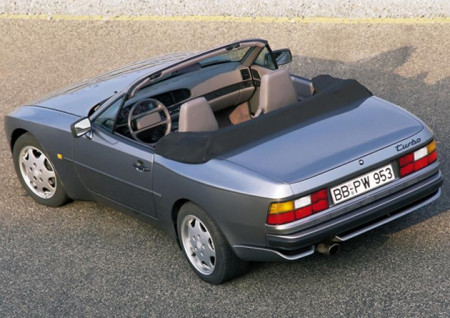
Crisis again
However, just when Porsche's growth seemed to have no end, in October 1987 a new economic crisis occurred, which hit all premium car manufacturers. Just two years earlier, Schutz had acted as a genius, and when Porsche began to lose money, the company began to lose confidence. However, he did not want cheaper sports cars, and he invested the money in famous racers such as 959 and 965. Porsche's offer could no longer boast of great success - 928 was never sold in large numbers, 911 had good and bad years, and sales of the 944 fell sharply. In January 1988, Schutz was fired and replaced by Heinz Branitzki. He wanted to continue his success in North America, but not to neglect other markets. The 924S, 965/969 racer, as well as new versions of the 928 were soon shut down. Branitzki had planned to expand the 944 offering with a more modern V6 engine, but that never happened. In 1989, the size of the four-cylinder engine was increased to 2,7 liters, which increased the power to 162 hp, and there was also a 3,0-liter engine with 208 hp in the atmospheric version, or 247 hp in the turbo version. The same year, the 944S2 Cabriolet debuted and sales slowly began to recover. In addition to the very high price (the convertible cost $ 53.000), customers did not like the fact that the 944 could only be obtained with four-cylinder engines, and in 1990 sales were only 8.510 vehicles. Branitzki did not stay at the helm of the company for long either, and in January 1990 a replacement arrived in the form of Arno Bohn.
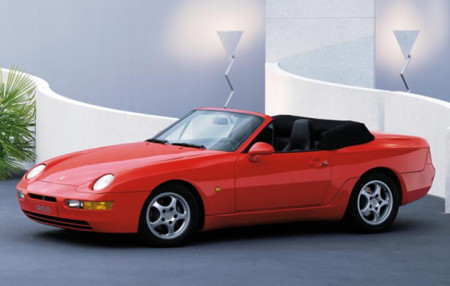
Renewal of 944 in the form of 968
Porsche then realizes that its only car that has been very successful throughout history was the legendary 911. For this reason, the company decided to center the entire offering around 911 and in January 1993 the Boxster Concept debuted at the Detroit Auto Show. The fate of the 968, as well as the more expensive 928, was already known by then, and both cars were due to be shut down after 1995. Throughout its brief history, the 968 has had glory moments, such as 15 manufactured 305hp and turbocharged units. three Turbo RS models made to compete in the German ADAC GT series. In its final year, only 1.156 found buyers, and it seemed that the sports car market was virtually extinct in the coming period, as Toyota Supra and Mazda RX-968 will be the same fate. One year after the 7 was shut down, Boxster arrived on the market and began to regain success from day one.
Some new "folk" Porsche?
Volkswagen is now the owner of Porsche, which tells us that in the near future we could see some "folk" Porsche again. 924 and its successors had moments of glory, but throughout their history they have been sold in very small numbers. On the other hand, they have raised the company's reputation to this day. Interestingly, many were bothered by the connection of these cars to Volkswagen, but today, at other times, Porsche also offers a sedan and even two SUVs.
Text: Zoran Tomasovic
Retrieved from: www.vrelegume.rs
Recommendation of similar texts:

Hi there, I am Mladen and I am an auto enthusiast. I started this blog years ago to help like minded people share information about latest cars, car servicing ideas, used car info, exotic cars, and auto technology. You will find helpful articles and videos on a wide variety of cars - Audi, Mercedes, Toyota, Porsche, Volvo, BMW and much more. Ping us if you have anything cool to share on latest cars or on how to make older cars more efficient, or just want to say hi!

